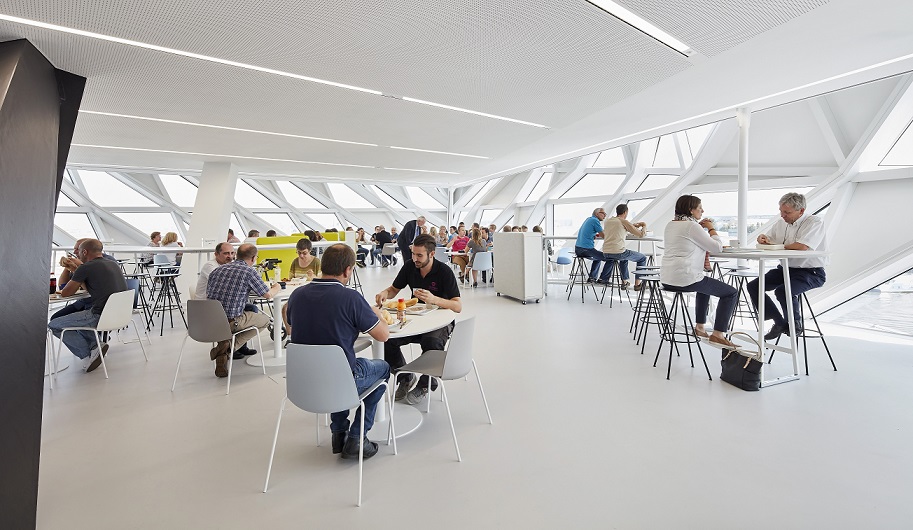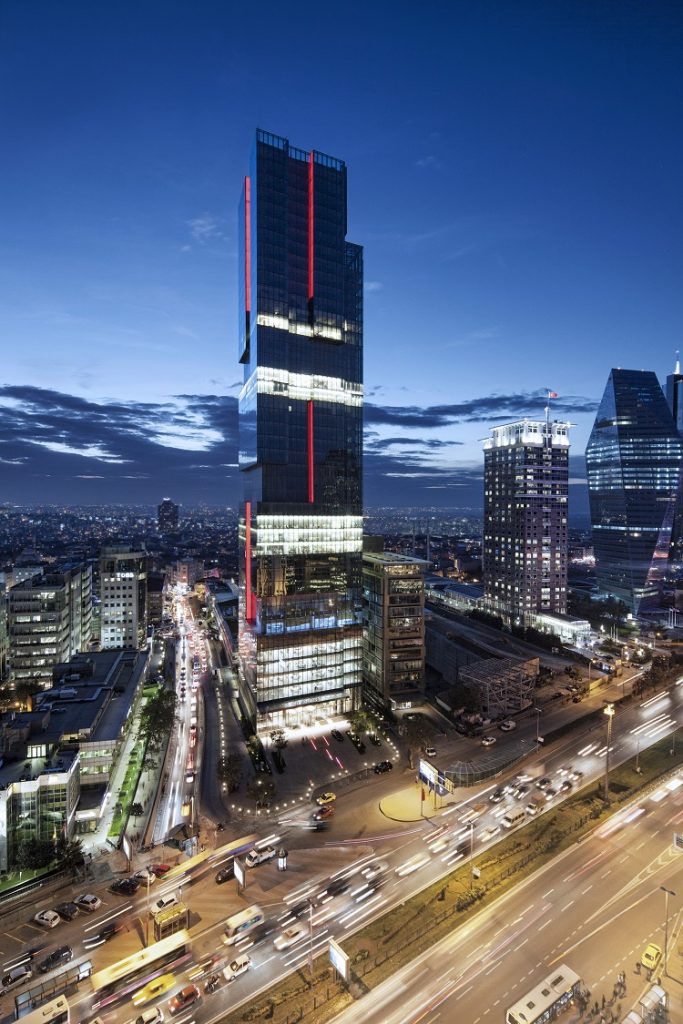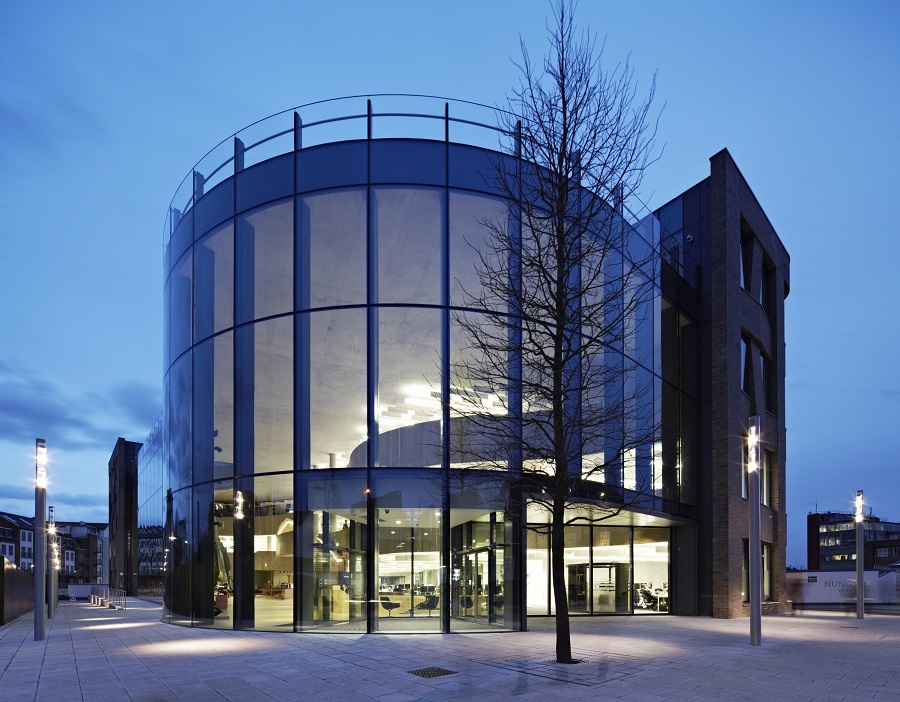There is a revolution underway that is shaping the way we work. The digital world, social media, environmental degradation and increasing urbanisation mean designers and architects are creating a new type of workplace.

How we work has always shaped the places where we work. Today’s workplace is one that is digital, team-oriented and sustainable; designed to support a collaborative and mobile world of work.

Zorlu Levent Office by Tabanlioglu Architects
New office developments are increasingly embracing a sense of the place in which they are built. Combining a mix of office, residential and retail options in one interconnected space has proved to be an effective strategy for developers to maximise the value of their asset and enrich the community. Establishing a new build as a landmark, in tune with the culture and consciousness of its setting, will help forge a truly memorable building.The today’s offices will accommodate the workers of the future. How they are designed will impact productivity, employee engagement and the environment. The challenges faced designers and builders have elements that are local, as well as those that are some universal, including a need in the Asia-Pacific region to make the most of scarce resources, to respond to the needs of its community and contend with its responsibility to the environment as a whole.
Civic amenities and public transport hubs adjacent to a workplace are attractive to potential employees. They are also part of a commitment to sustainable design. This, as well as efficiency of construction and environmental management systems, should be a focal point of every developer’s design philosophy. With rising costs, dwindling natural resources and building codes increasingly demanding greater environmental performance, groundbreaking sustainable design elements are essential.
The first of many challenges for designers to tackle is human. As the earliest members of Generation Z, those born between 1994 and 2010, start entering the workforce, organisations must harness their prowess with technology. The rise of the online marketplace, among other technology-led factors, will affect design. Integrating these elements into the workplace means finding and retaining dynamic, tech-savvy employees will be much easier.
The conventional cubicle can be isolating, while open-plan configurations lack privacy and leaves workers in the path of distraction, Creating flexible spaces that blend concentration and communication to maximise productivity is an emerging trend. Accommodating the rise of the global nomad, or those working from home and utilising the power of video conferencing and social media, can ensure greater efficiencies and longevity.

The Hiscox Building by Make Architects
The organisation that delivers on employee wellbeing is an attractive option to staff. It is inspiring innovations such as the rise of biophilic design, a practice that reintegrates nature and the outdoors into the work environment. Introducing plants, natural light and air filtration systems into the workplace fosters a positive work environment and is an investment in the long-term performance, wellbeing and engagement of employees.
The development of green spaces is known to vastly reduce particulate matter in the air, enriching the environment to the benefit of the community at large. Giving access to these spaces offers invaluable respite for employees from the pressures of work and the modern city.
In this feature is a selection of projects from around the world that approach these issues. How these innovative design solutions respond to their environments will be central to the future of the workplace.
For the stories, please click the followings:
Port House, Antwerp Designed by Zaha Hadid Architects
Levent 199 Istanbul Designed by Tabanlıovlu Architects
BBVA Bancomer Tower Mexico City Designed by LEGORRETA + LEGORRETA, Rogers Stirk Harbour & Partners
H&M Offices Taiwan Designed by JC Architecture
TAG Aviation Hong Kong Designed by Richards Basmajian












